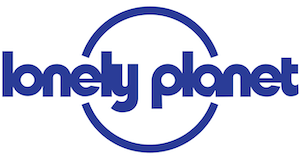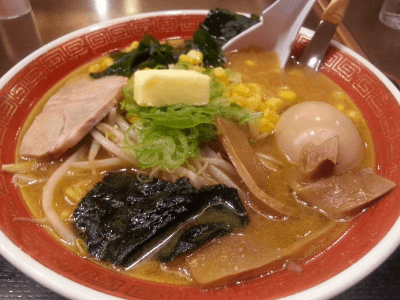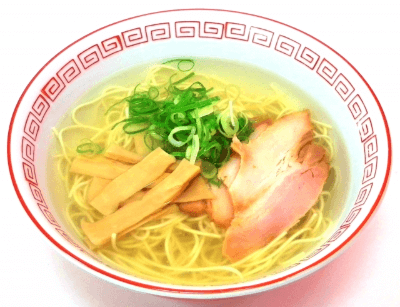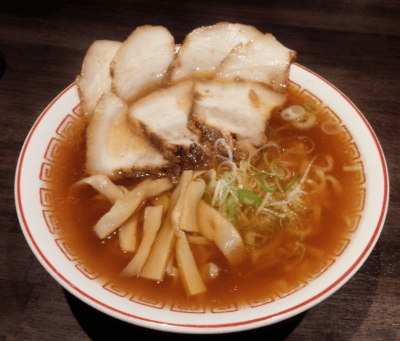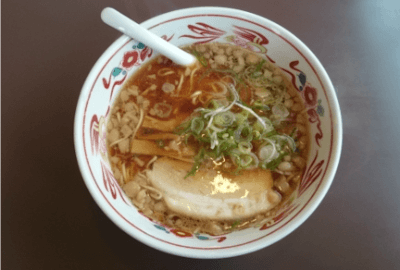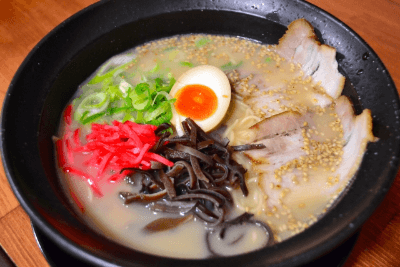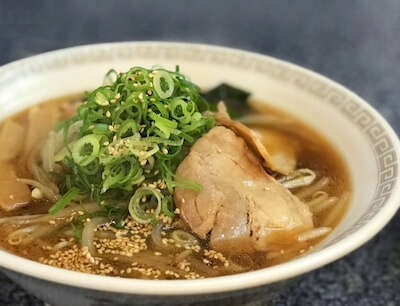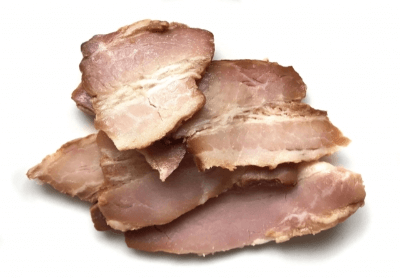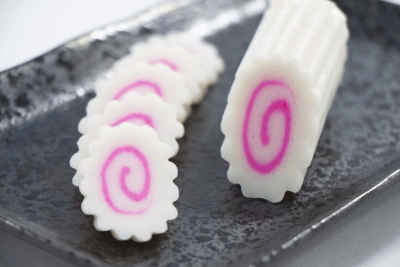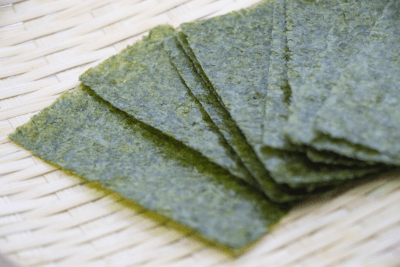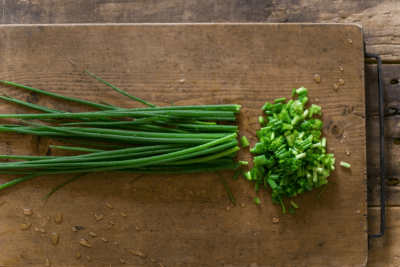
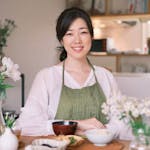
139 Cooking Classes in Kyoto
27 Classes in Kyoto
15 Classes in Kyoto
10 Classes in Kyoto
5 Classes in Kyoto
10 Classes in Kyoto
3 Classes in Kyoto
3 Classes in Kyoto
9 Classes in Kyoto
8 Classes in Kyoto
4 Classes in Kyoto
3 Classes in Kyoto
26 Classes in Kyoto
8 Classes in Kyoto
Learn how to make ramen, a fundamental part of Japanese cuisine, in the beautiful city of Kyoto. The cultural history, tradition, and food of Japan are often enjoyed in Kyoto. Why not learn how to cook your own ramen so you can bring your experiences in Kyoto back home with you?






We loved our cooking class!
This was my first cooking class and it was absolutely amazing! Sakiko is very knowledgeable chef. She shared so much useful information and created great atmosphere. 100% recommend her classes! Thank you so much Sakiko.
This was my first cooking class and it was absolutely amazing! Sakiko is very knowledgeable chef. She shared so much useful information and created great atmosphere. 100% recommend her classes! Thank you so much Sakiko.
Our cooking class with Nariko was one of our favorite experiences we had while in Japan! I could tell Nariko was passionate about teaching. She was very kind and patient while teaching us how to make ramen and gyoza. We had great conversation and the food was so good! Highly recommend booking a c...
It was an absolutely wonderful experience! Everything was so well planned and organized. Satoru and Akiko were such kind and friendly hosts, full of knowledge. It was truly special to learn new cooking skills in their lovely home.
Some of the best ramen cooking classes for vegetarians in Kyoto include Vegetarian ramen and gyoza. Soy milk and Garlic use. \r\nand you can also experience Halal ramen and dumplings.\r\nand our cooking house was built over 160years old.\r\n\r\n**Please be sure to let us know whether you are halal or vegetarian before booking.**\r\nThank you.\r\n\r\n.
Vegan Ramen and Gyoza is popular with other travelers visiting Kyoto.
Some of the best ramen cooking classes for vegans in Kyoto include Vegan Ramen and Gyoza.
All ramen cooking classes in Kyoto on airKitchen are offered in English.
Popular cheap ramen cooking classes in Kyoto include Musoshin Ramen Noodle Workshop in Gion Kyoto City!.
On average ramen cooking classes in Kyoto cost ¥10576 per person (based on airKitchen prices).
Please note that this is an example, and classes vary by host.
Flour, water, and brine or baking soda are the basic ingredients of ramen noodles. Egg is an optional addition.
The stiff ramen dough will have to be kneaded before being run through a pasta maker.
This is where you can get creative! Common ramen toppings include pork, egg, fish cake, bean sprouts, bamboo shoots, and green onion.
Since ramen noodles are so thin, they only need to be boiled for a minute or two.
All that's left is putting everything together in a bowl. Then you're ready to dig into your ramen!
Tonkotsu ramen is derived from boiling pork bones down, as opposed to chicken or fish products. This results in a distinctly creamy consistency.
Miso ramen is uniquely Japanese, first gaining popularity in Hokkaido in the 1960s. Miso is blended into the broth to create a nutty, hearty flavor.
The rich flavor and clear, brown color of shoyu ramen comes from its key ingredient: soy sauce (shoyu).
Shio ramen derives its saltiness and flavor from salt (shio) alone. It is the oldest and most traditional form of ramen seasoning.
Interested in vegan or vegetarian ramen? Soy milk (tonyu) provides a creamy, rich base for veg-friendly tonyu ramen.
Sapporo, a city on the northernmost island of Japan, is the birthplace of miso ramen. A steaming bowl of Sapporo ramen, often topped with corn and butter, keeps locals warm through the cold winters.
Kitakata ramen is distinguished by its Chinese-style noodles, which are thick and flat. The broth makes use of soy sauce, as well as water from the local mountain streams of western Fukushima.
Also known as iekei ramen, Yokohama ramen is characterized by its blend of tonkotsu and shoyu broth. Along with pork and seaweed, a topping unique to Yokohama-iekei ramen is spinach.
The broth of Onomichi ramen relies on soy sauce, local fish, and pork back fat to create a rich but light flavor. Flat noodles also set Onomichi ramen apart from other styles.
In a bowl of Hakata ramen, ultra-thin noodles swim in a creamy and rich tonkotsu broth. Alongside pork and green onion, common toppings include garlic, spicy mustard greens, and pickled ginger.
Often seen as the prototype of ramen, Tokyo ramen depends on a combination of pork, chicken, and dashi (derived from bonito and kelp) to flavor its shoyu broth. Its classic curly noodles are easily recognizable.
Braised pork
Boiled fish paste
Seasoned bamboo shoots
Dried seaweed
Green onion
Kyoto is not only a famous tourists spot in japan. It is also a hub for food lovers. People who want to experience the real taste of Japanese food items can visit Kyoto. Almost every other restaurant and café has to offer a complete range of Japanese cuisines, including sushi and Ramen. Japanese love to eat soups of various flavours.
Ramen is a trendy cuisine in Kyoto. It is a Chinese dish but later on became an essential part of Japanese culture. Now, Ramen is commonly associated with Japanese culture.
Ramen is a noddle based soup and is readily available in Kyoto. There are some specific restaurants in Kyoto that offer a complete range of ramen noodles. Customers can even customize their ramen noodle-based upon their likings. Mostly people like to customize the base of Ramen noodles. The noodles used in cooking Ramen can be of wheat. People who aren’t from japan can consider these noodles as spaghettis. Though, the appearance and the taste of Ramen noodles are entirely different from spaghettis. Ramen noodles are available in a variety of sizes and options. Some restaurants also allow their customers to choose the thickness of their noodles. If you want to cook Ramen at home, you can choose the noodle that suits your needs the best. But mostly thick noodles made from wheat are used for cooking Ramen. Ramen is a noodle oriented dish, and the noodles can be of any particular cereal usually wheat is used for making them from scratch. The noodles are first boiled and stirred with slightly intensifying amount of edible oil and set aside. Then the broth is prepared using any given meat at dispense. Once the soup is about to come together, it is seasoned with salt and other spices up to the specific need of the user. Finally, the noodles are added in the broth and are garnished with the help of the seaweed and finally with the help of the soy and the miso sauce. Perfectly prepared Ramen is ready to be served.
If you want to learn the art of cooking ramen, joining a ramen cooking class in Kyoto is the best idea. Special ramen cooking classes are offered in Kyoto for those people who want to learn the recipe. You might get a lot of information about Ramen on the internet. But, the original method of cooking is taught by an experienced Japanese chef only. Mostly, ramen cooking classes in Kyoto are held under the supervision of skilled Japanese chefs who know the authentic recipe. Once you have leant the Japanese way of cooking Ramen, you can cook the same taste at home. Many people aren’t able to prepare the right base for the Ramen soup noodles. You also get to learn about the importance of the bottom of the soup for Ramen noodles. Also, you get an opportunity to interact with Japanese citizens. You get to know about their culture. Therefore, you should join the ramen cooking class in Kyoto.

